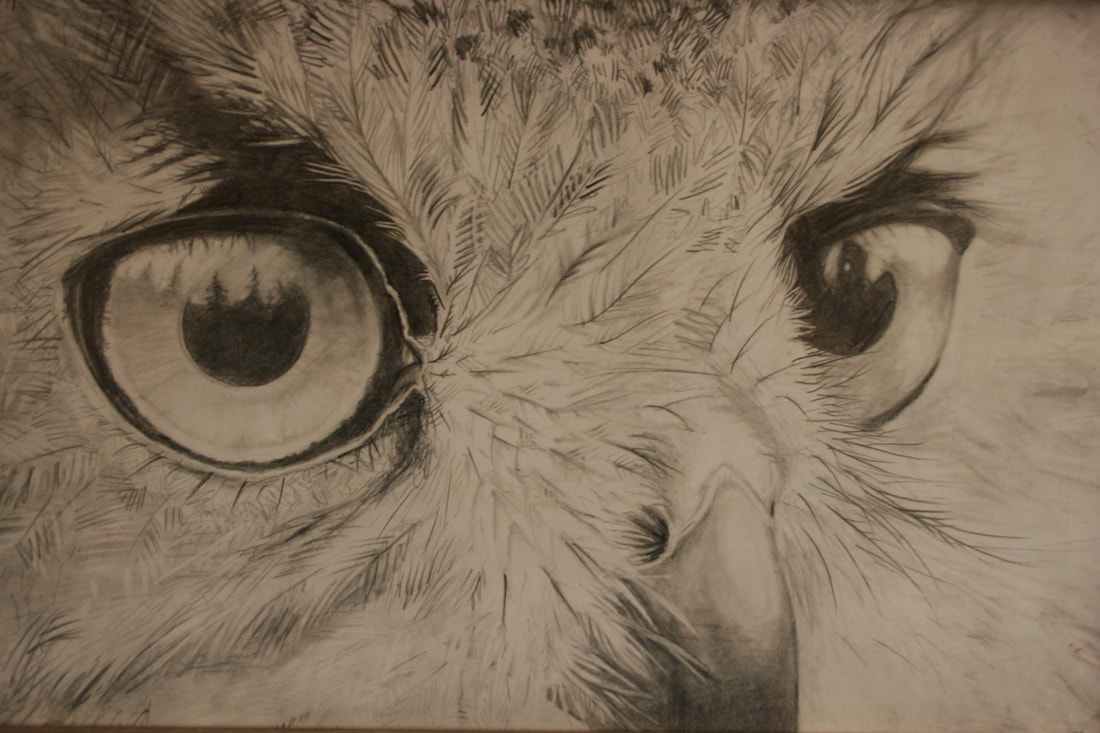|
By Janelle Eklund
The soft waning light of the late summer night revealed the lone evening star keeping vigil over the mountain peaks. We woke to a blue sky as a low bank of clouds moved in from the north. The lower they got the more threatening their look, so we stuffed our packs with rain gear. We headed for the hill south of camp, stopping to explore one of the mine buildings, which turned out to be the generator shed. For being somewhere in the seventy year old range, it was in good condition. The glass encased gauges were still all in order, unbroken and even looking clean. We talked about it being a interpretive historical place if it was cleaned up. The Bremner mining operation was established in the 1920's. We slowly climbed up the hill, at times following the old water line leading into the generator shed. We left our packs in the shed since the clouds started to break up again and it looked to be fair weather. We stopped many times for Mary to record the vegetation mapping. A waterfall gracefully fell over a stepping stone wall. Nearby, the water line went through a box type structure. Peaking through cracks in the boards it was hard to determine its history. Nature was re-claiming the inside - vegetation covered what was laid down over seventy years ago. The top of the hill gave way to a lush green meadow covered in rivulets of water. From this vantage point the mountains across the valley seemed bigger. A pretty picture framed our view. By the time we got back down to our packs it was lunch time so we brought our packs back to camp and ate lunch there. Lunch was dinner left-over's which was very good. We shed some clothes as the sun was making its debut again. After lunch we donned our light packs and headed up the mountains to the north. History lays all over the ground here, from bulldozers to old vintage cars, to cans, to electric poles and lines. It’s amazing how they got this stuff in here. We followed the old mining road switch backing across a boulder field and ending up at one of the mining sites. The creek was lined with old electric poles, lines and transformers that looked brand new. At the top there was more debris and a 1920's truck. Mary took a picture of me sitting in the driver's seat ready to go. After we reached our destination, the nod monster got a hold of me so I lay in the meadow to write this and absorb the heat from the sun. In the peaceful solitude the whistle of the marmot's echo flowed on air waves throughout the valley. Only its haunting call might tell what it must have been like as miners trudged their equipment up steep rocky slopes. The hard work, hardships, and endurance...all for a yellow rock called gold. Did they make their fortunes? Was it worth it? Mary climbed further up the rocky cirque looking at vegetation. I went part way up and watched her skirt rocky ledges until they were too vertical to clamber up. She wound her way down. We had a snack and headed back to camp. A lovely light rain shower - the see through type - slowly moved through the valley. It lay a dewy net for the sun to play with. Glistening rocks sparkled as the shower passed. Up through the pass the shower exited and in its departure bowed in a thick bright rainbow. Beyond the misty sheerness mountains graced the skyline. We reached camp just as the rainbow faded into the mountains. From my light to yours-
0 Comments
Leave a Reply. |
Who We AreWISEfriends are several writers connected with Wrangell Institute for Science and Environment, a nonprofit organization located in Alaska's Copper River Valley. Most of these articles originally appeared in our local newspaper, the Copper River Record. Archives
August 2021
Categories
All
|
|
WISE is a
501(c)3 nonprofit organization |
Contact Us |


 RSS Feed
RSS Feed
